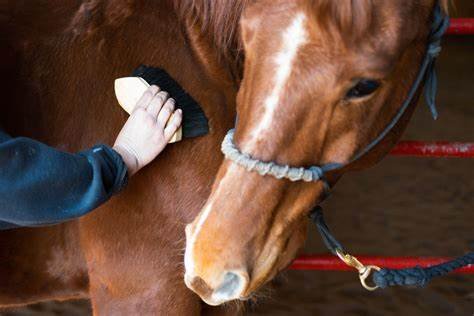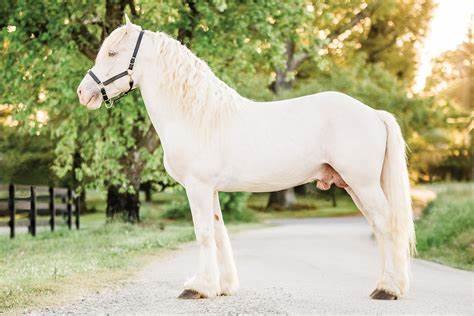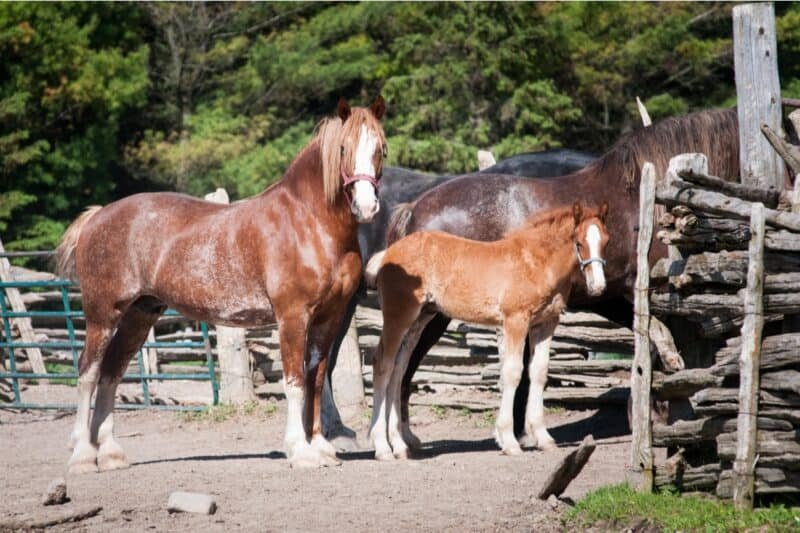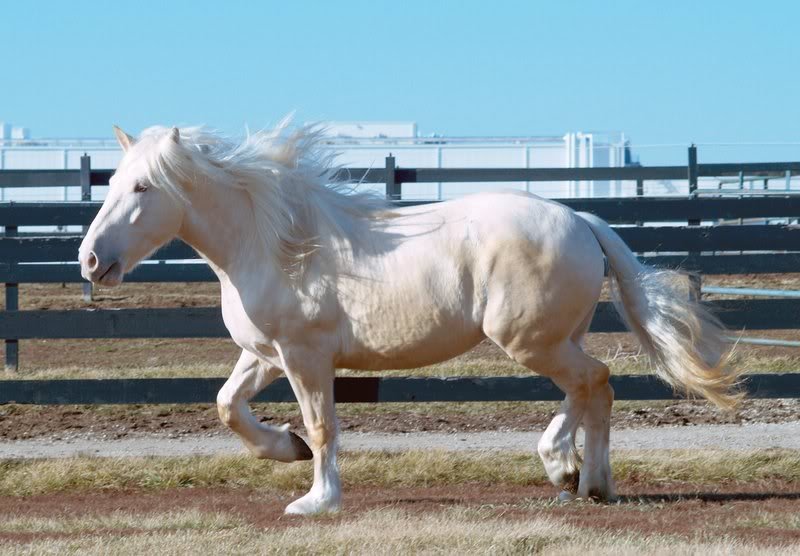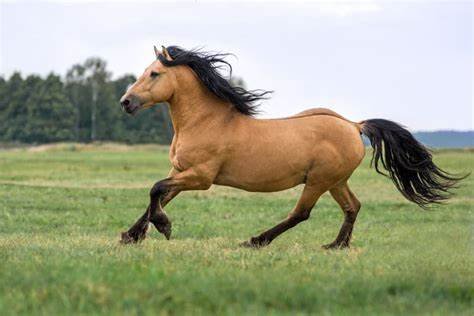Cream draft horses are not only known for their striking beauty but also for their strength, calm temperament, and versatility in various tasks. Like all draft breeds, they require special care and attention to maintain their health and appearance. Whether you own an American Cream Draft, Belgian, Percheron, Clydesdale, or any other cream-colored draft horse, the principles of grooming and care are similar. Below is a comprehensive guide on how to properly care for and groom your cream draft horse to keep them healthy and looking their best.
1. Grooming Your Cream Draft Horse
Grooming is essential to maintaining your horse’s coat, skin, and overall well-being. Due to their dense coats and powerful muscles, cream draft horses need consistent grooming routines.
Daily Grooming
- Brush the Coat: Use a curry comb to gently remove dirt, mud, and loose hair from the coat. This step is especially important for cream-colored horses, as their lighter coats can show dirt easily. After the curry comb, use a hard brush to further smooth the coat.
- Clean the Hooves: Check and clean the hooves daily to remove dirt, rocks, or debris. Use a hoof pick to carefully remove anything that may be lodged in the hooves to prevent injury or infection.
- Mane and Tail Care: Cream draft horses often have long, flowing manes and tails. Use a wide-toothed comb to detangle their hair, starting at the bottom and working your way up to avoid breaking the hair. You can also use a detangler spray to help manage the hair, especially in the mane and tail.
- Face and Eyes: Gently wipe away any discharge around the eyes or nose with a clean, damp cloth. Be cautious not to get too close to the horse’s eyes to avoid causing discomfort.
Weekly Grooming
- Body Wash: Once a week, or after particularly muddy days, give your horse a full-body wash using a gentle horse shampoo. Make sure to rinse thoroughly to avoid any shampoo residue that can irritate the skin.
- Clipping: Depending on the climate and whether your horse is working hard, clipping the coat may be necessary. Draft horses, especially those with thick winter coats, may require body clipping during the warmer months to keep them comfortable and avoid overheating.
- Teeth Care: Regular dental care is important for all horses. Have a veterinarian check the horse’s teeth at least once a year to ensure there are no issues with chewing, and that their teeth are aligned properly.
2. Feeding and Nutrition for Cream Draft Horses
Proper nutrition is crucial to keeping your cream draft horse healthy, happy, and strong. These horses have high energy needs due to their size and strength, so their diet must be carefully considered.
Hay and Grass
- Quality Hay: Provide your horse with high-quality hay, such as timothy hay or alfalfa hay. The majority of their diet should consist of hay, which should be available to them at all times to encourage natural grazing habits.
- Grass: If you have access to pasture, allow your horse to graze freely. Fresh grass is an excellent source of nutrients, and the natural chewing action promotes dental health.
Grain and Supplements
- Grain: Depending on your horse’s workload, you may need to supplement their diet with grain, especially during the colder months when they require extra energy. Use a balanced grain mix that provides carbohydrates, protein, and fats for energy.
- Supplements: Consider providing supplements such as biotin for hoof health, electrolytes after heavy work, and vitamins to fill any gaps in their nutrition.
Fresh Water
- Ensure your horse has constant access to clean, fresh water, as hydration is essential for maintaining their health and vitality.
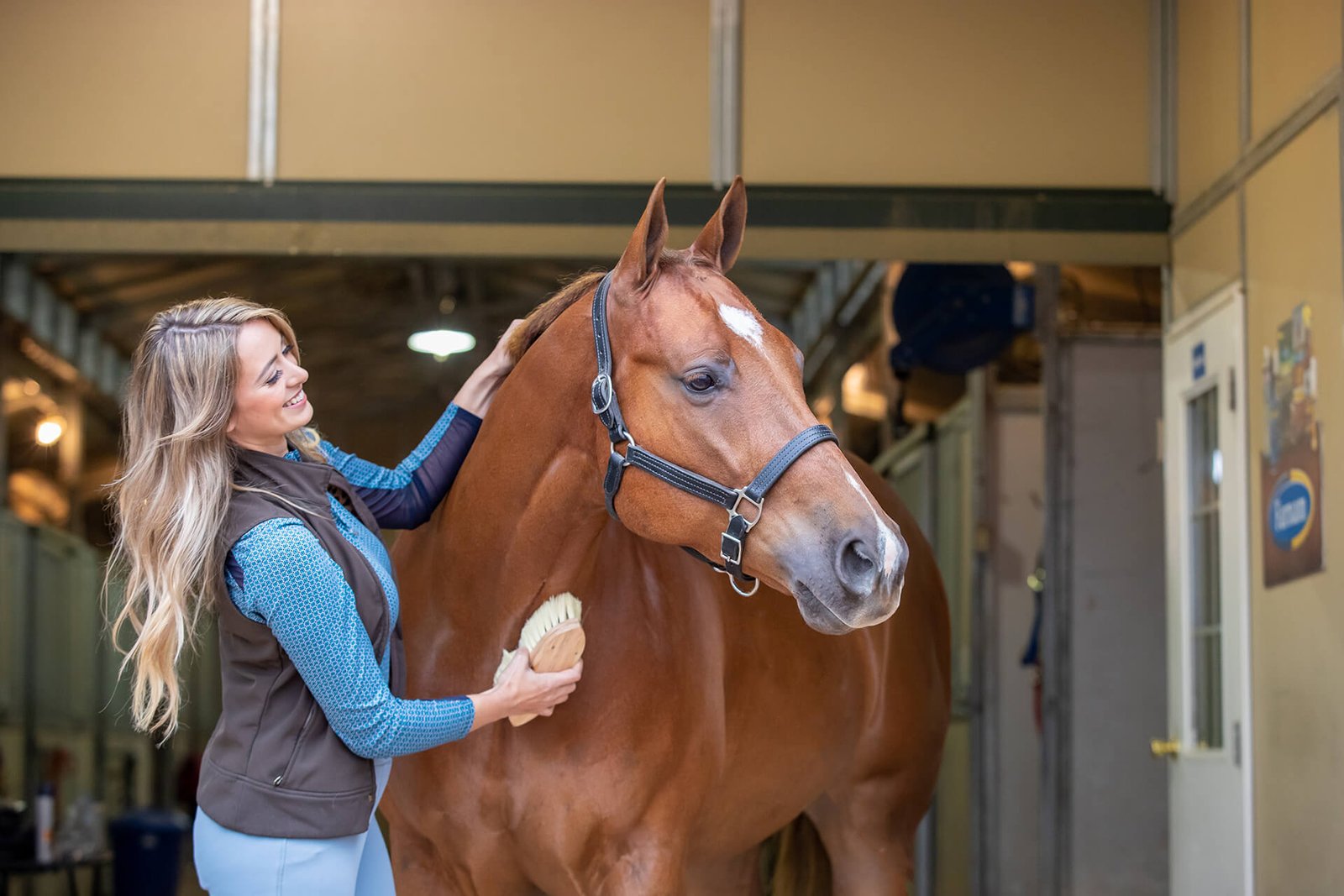
3. Providing Exercise and Mental Stimulation
Cream draft horses are powerful and athletic, which means they need regular exercise to stay healthy. However, it’s important to adjust their exercise routine based on their age, health, and fitness level.
Daily Exercise
- Light Work: For young, healthy draft horses, daily light work such as lunging, driving, or long-lining is beneficial. It helps them maintain their strength and stamina without putting too much strain on their bodies.
- Workload: If your horse is used for farm or draft work, such as pulling carts or plowing, ensure they have rest days to prevent overwork. Overworking can lead to muscle strain and injury, especially in such large horses.
Mental Stimulation
- Cream draft horses, like all horses, benefit from mental stimulation. Provide opportunities for them to engage in activities that challenge their minds, like puzzles, groundwork exercises, or spending time with other horses.
4. Providing Proper Shelter and Space
Draft horses, especially those as large as cream-colored varieties, require adequate shelter and ample space to roam and stretch their legs.
Shelter
- Provide a sturdy barn or shelter to protect your horse from extreme weather conditions like intense heat, cold, or rain. Horses generally tolerate cold weather, but they still need a shelter to retreat to if necessary.
- Bedding: Use clean, dry bedding such as straw or shavings in the stall to keep your horse comfortable and prevent any injury from standing on hard ground.
Space to Roam
- These horses need ample space to move around and stretch their legs. Ensure your pasture or turnout area is large enough to accommodate their size, and that it is properly fenced for safety.
5. Health and Veterinary Care
Regular veterinary check-ups are essential to ensuring the long-term health of your cream draft horse. Routine health checks will catch any potential health problems early and prevent serious conditions.
Routine Vet Visits
- Schedule annual wellness exams with a vet to check for any underlying health issues, including joint health, respiratory concerns, and dental health.
- Vaccinations: Make sure your horse receives the necessary vaccinations to prevent diseases like tetanus, influenza, and rabies.
- Parasite Control: Regularly deworm your horse based on your vet’s recommendations and conduct fecal egg counts to monitor for internal parasites.
6. Hoof Care
Hoof care is critical, as draft horses tend to be more prone to hoof issues due to their size and weight.
Regular Trimming
- Hoof trimming should be done every 6-8 weeks by a professional farrier. This helps prevent any overgrowth and ensures proper alignment of the hooves.
- Check for signs of lameness, bruising, or cracks in the hooves, and treat promptly.
Conclusion
Caring for and grooming cream draft horses involves a blend of proper grooming, feeding, exercise, shelter, and healthcare. Due to their majestic size and powerful build, these horses require consistent attention and a well-rounded care routine to thrive. Whether you’re enjoying their company for recreational purposes or using them for farm and draft work, providing the right care ensures they stay healthy, happy, and capable of fulfilling their potential. With dedication and attention to detail, your cream draft horse will remain a loyal and hardworking companion for many years.







